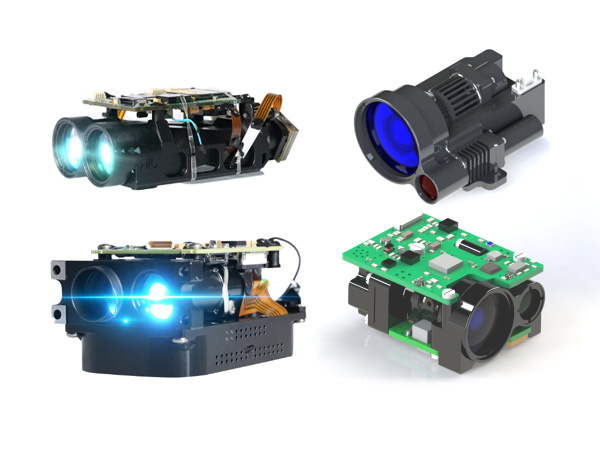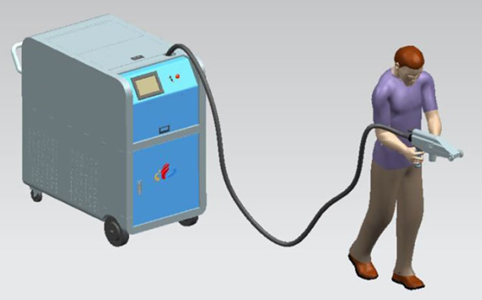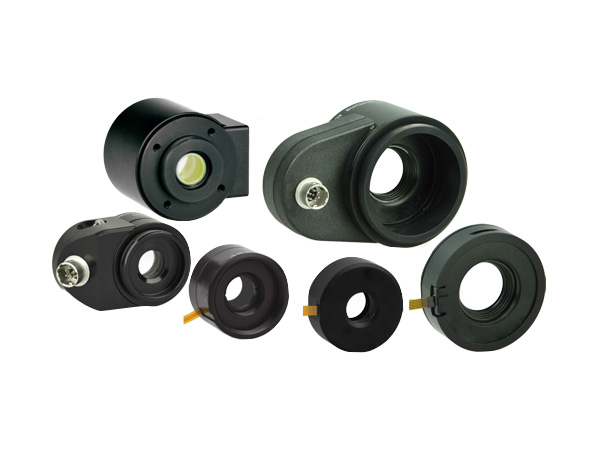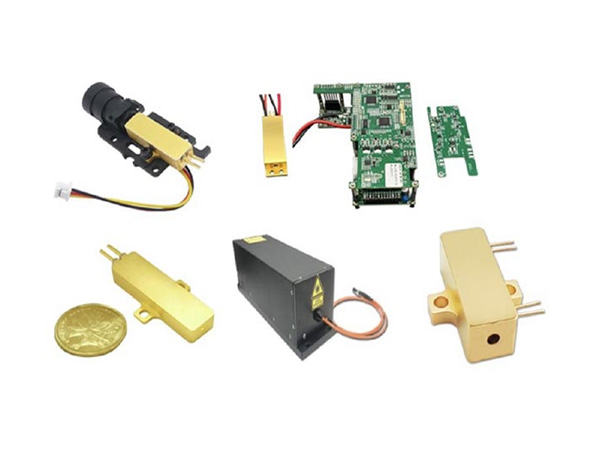How to Select a Laser Marking System
When selecting a laser marking system for a particular application there are many factors to consider:
power density
time
reflectivity
material
wavelength
temperature
thermal
thermal conductivity
heat capacity
melting point
heat of vaporisation
Power density is determined by the amount of (peak) power generated by the laser pided by the area of focused beam. Wavelength, beam pergence and optics quality become important factors in determining how small a focus spot can be produced.
The length of time the laser is focused on one spot also affects the ease of marking and depth of penetration. Sometimes, the pulse duration is a key factor in determining which laser can be used.
Reflectivity or absorptivity is determined by the material, surface condition (i.e. smooth or rough, polish or oxidised), wavelength of the laser beam and surface temperature. In general, metals absorb a greater percentage of Nd:YAG laser energy than that of carbon dioxide laser energy. White paper and most transparent materials absorb a great amount of carbon dioxide laser energy. Some materials such as silicon absorb the same percentage of energy from either laser.
To evaluate available laser marking systems in the market for the application, the following factors should be focused on:
laser specifications
optical delivery systems
control system and software
ease of operation
manufacturer's performance record
price
Each type of laser has its own set of specifications. For CW lasers, the major specifications are:
wavelength
beam quality factors (beam spot size, M2, pergence angle, or beam parameter product)
power stability
average laser power
Q-switch element performance (maximum pulse repetition rate, minimum pulse duration, laser peak power)
For pulsed lasers, the specifications are:
wavelength
average laser power
maximum peak power
maximum energy per pulse
pulse repetition rate
pulse duration
pulse-to-pulse stability
beam quality factors (beam spot size, M2, pergence angle, or beam parameter product).
There are many types of optical delivery systems. A mask marking system may include a beam expander, homogeniser, CCD camera and monitor or/and microscope, and projection lens. The projection lens and the diameter of the beam incident on it determine the size of image focused on the object surface. This focus size and output laser energy/peak power also determine the energy/power density on the work piece. For beam deflected marking system, the system may include beam expander, CCD camera and monitor or/and microscope, scanner, fiber optics, and flat field scanning (f-q) lens. The f-q lens is very important in determining focused spot size, marking field, minimum marked-line width and power density on the work piece. The scanner together with the marking software determines the scanning speed.
Control systems and software are very different for different laser marking systems. The control system may include feeding of work piece, stage, control of beam on/off, and interfaces among computer, laser generator, stage, and protection/alarm systems. The laser marking software also include facilities for controlling other external devices such as work handlers and transport mechanisms as well as interfaces to external triggers for "marking on the fly" applications. The marking software should be easy to implement in a system and to program conveniently. It should be compatible to commercially available software in the market. The marking software must generate the required drive and control signals for not only the motion and speed of the marking head but also the laser power (via D/A card).
Relevant references:
Beam expander
Basics of f-theta lens
Optics for laser scanners
Basics of 2-axis laser scanner (marking system
Mini fiber laser marker
DPSS laser marker
 English
English Français
Français Deutsch
Deutsch euskara
euskara Русский язык
Русский язык Italiano
Italiano Português
Português Nederlands
Nederlands Polski
Polski Greek
Greek Lietuva
Lietuva Türkçe
Türkçe 日本語
日本語 한어
한어 中文
中文 தாமில்
தாமில் فارسی
فارسی हिंदी
हिंदी Tiếng Việt
Tiếng Việt ภาษาไทย
ภาษาไทย Pilipino
Pilipino Indonesia
Indonesia தாமில்
தாமில்





